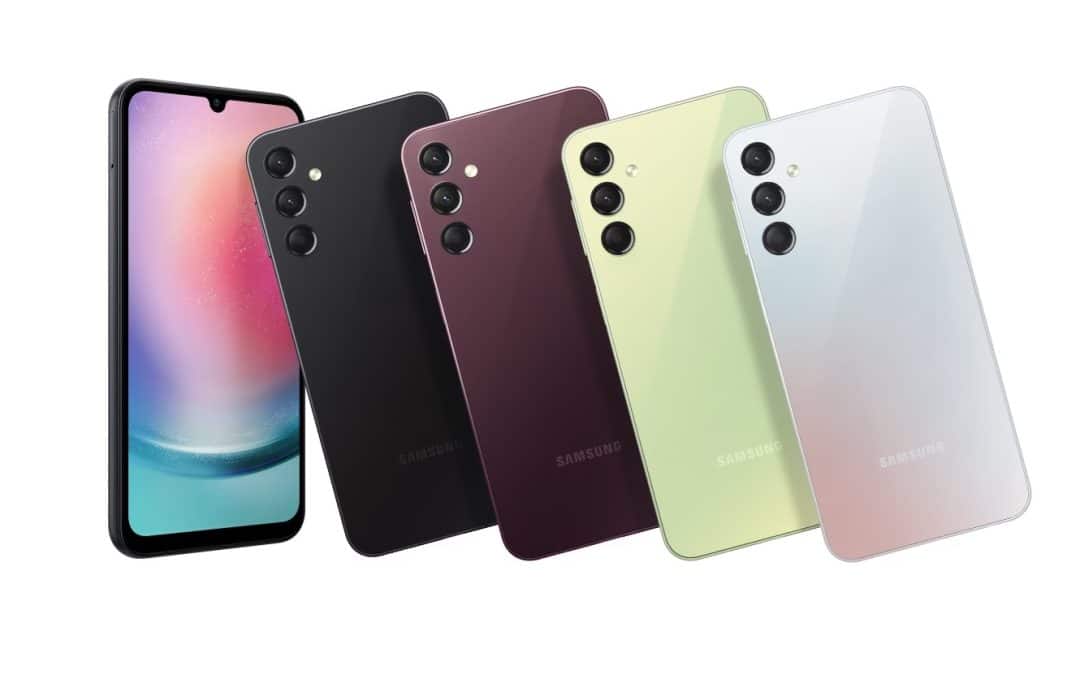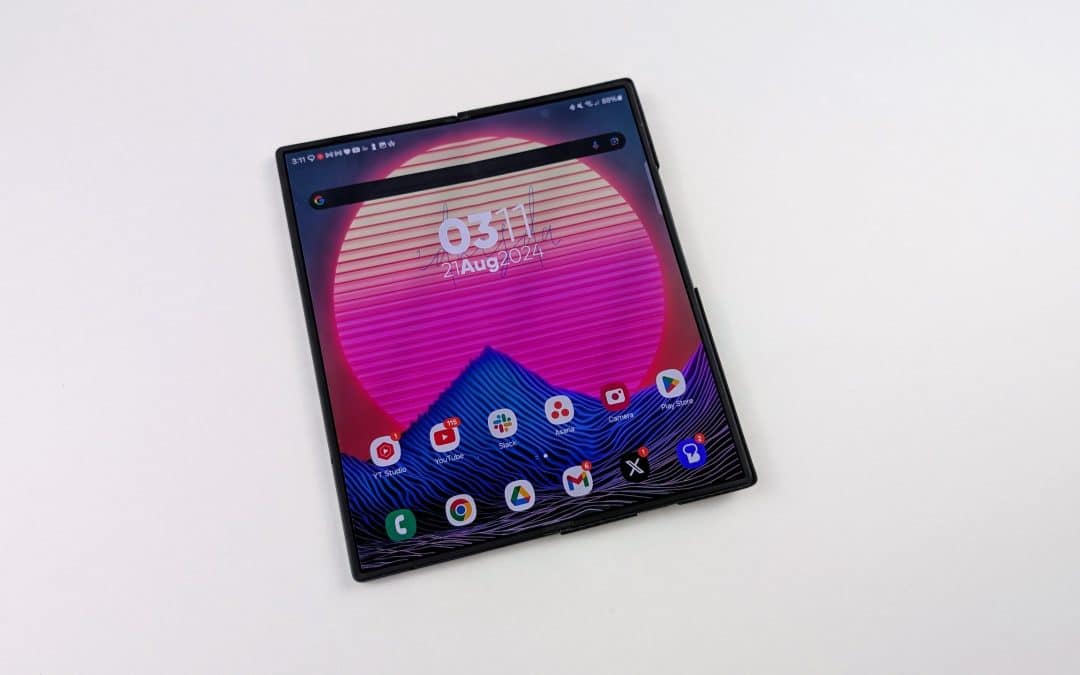Samsung’s Galaxy smartphones may soon get significantly more expensive in the US as the Trump administration’s sweeping new tariffs hit global supply chains hard. Prices could go up by as much as $200, depending on various factors. The Korean firm has already finalized a price hike for its semiconductors, and smartphones could follow shortly.
Samsung under pressure as Trump announces import tariffs
With the new tariffs on imported goods, Samsung has three options. It can either absorb the financial blow, pull back from the US market, or increase retail prices. Since we are looking at huge import taxes, the company is in no position to maintain current pricing. Also, with a market share of 18%, Samsung is the second-largest smartphone vendor in the USA after Apple (60%), so exiting the market is not viable.
As such, increasing smartphone prices is the only realistic option for Samsung. Consumers could soon see Galaxy phones getting more expensive, with hikes ranging from $50 to $200 or more per device. The exact hike will depend on the device model and the country it is imported from. That’s because the US government hasn’t imposed the same import tariff on all countries, with Vietnam seeing a massive 46% tariff.
Vietnam is Samsung’s primary smartphone manufacturing hub — its two major facilities in Bac Ninh and Thai Nguyen are responsible for more than 50% of its global smartphone output. These factories can produce up to 10 million units a month, much of which is shipped directly to the US.
While Samsung also makes smartphones in India and Korea, those factories primarily serve local markets. The US government has imposed tariffs of 26% and 25% on these two countries, respectively. Samsung USA could import phones from India and Korea to minimize the import taxes. However, there’s no tariff-free route as it doesn’t have a smartphone manufacturing plant in the country.
Samsung has already increased semiconductors prices
The Korean firm can sell existing inventory at current prices, but once the new tariffs go into full effect, prices could go up sharply. As of this writing, Samsung hasn’t made an official statement yet, but insiders suggest it is finalizing a pricing strategy for smartphones. Meanwhile, it has already decided to increase the prices for its DRAM and NAND flash memory chips by 3–5%, although semiconductors are initially excluded from the new US tariffs.
Industry experts believe the US government may soon target semiconductor imports through a specialized regime. Customers are now stockpiling chips in anticipation. Samsung does have semiconductor plans in the US, but it doesn’t produce all kinds of chips there. The company could now consider building a smartphone manufacturing facility in the country to bypass tariffs and ensure competitive prices.






